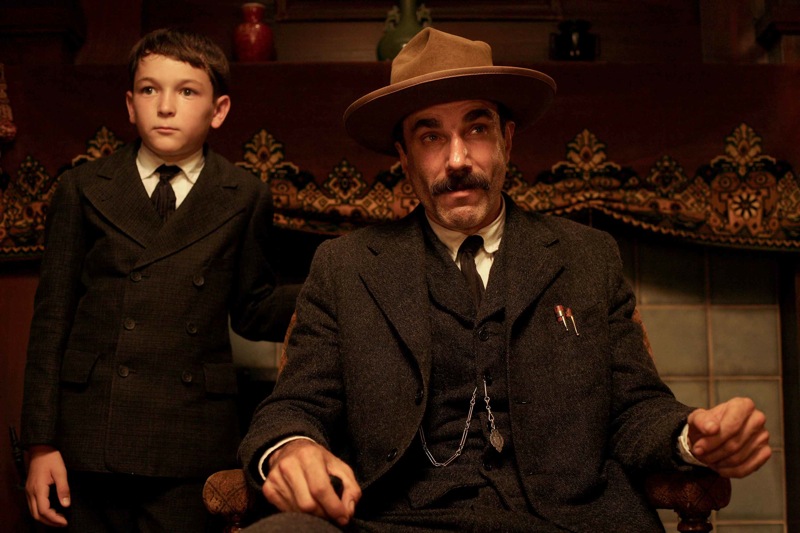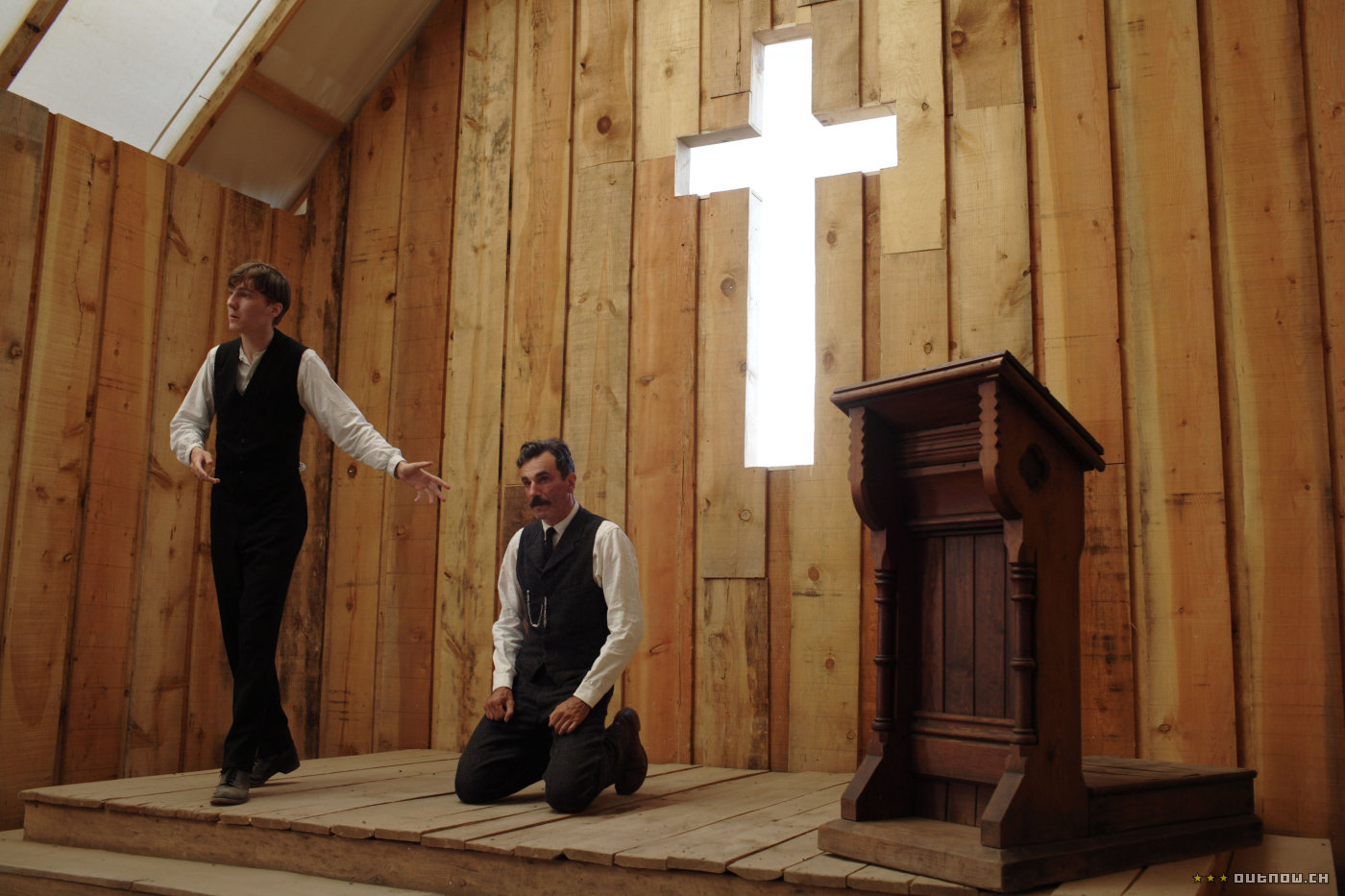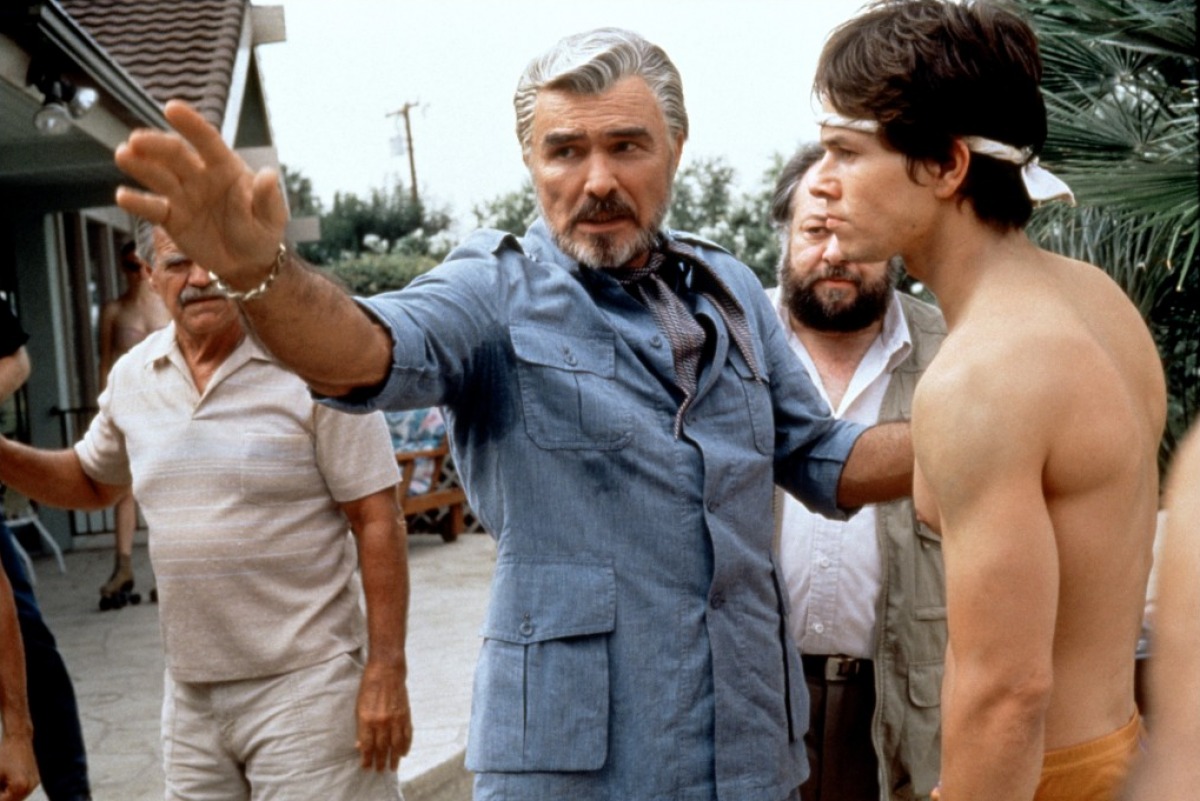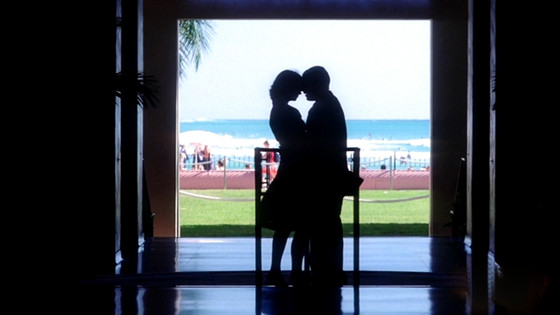
It has been just 20 years since Paul Thomas Anderson made his silver screen debut with “Hard Eight” and by 1999, he had established himself as one of the greatest American directors in history.
Known for complex work that is both accessible by the masses and complexly layered, Anderson merges a surprisingly powerful melodramatic style with hypnotic camerawork to create vastly ambitious ensemble pieces with limitless ability to move and compel.
Anderson currently has no Oscar wins, but he is the only director to receive the Best Director award at Cannes, Venice and Berlin. He has six Oscar nominations to his name and his films have accrued 14 additional nominations (although only “There Will Be Blood” received appropriate praise).
Although his body of work has tackled a magnitude of locations in a mix of styles, Anderson’s work can be correlated and connected under his key themes and some iconic elements of his directorial work.
10. The ensemble: the challenger

Films that demonstrate this: Hard Eight, Boogie Nights, Magnolia, Punch-Drunk Love, There Will Be Blood, The Master
Best example: There Will Be Blood
In Anderson’s films, an ensemble of colorful and quirky characters is always present, but more often than not, an individual stands out due to their direct opposition to the protagonist. Unlike the epics of the Coen brothers, where the ensemble blurs with no specific key character, Anderson often uses the ensemble to elevate – or desecrate – the protagonist.
In “Hard Eight”, our protagonist is a mentor, with the love interest, the ‘son’, the goading gambler, and Samuel L. Jackson’s Jimmy as the supporting characters. However, Jimmy is a threat; he knows Sydney, and more than that, he knows why Sydney is so keen to form the key relationship he has with John, as a result, challenging Sydney’s position.
With “Boogie Nights”, although it acts more as a turning point for Mark Wahlberg’s Dirk Diggler into his own self-induced fall, it’s Jack Horner’s new boy, Johnny Doe, whose naivety and boyish looks cause Diggler to feel threatened and challenged.
In “Magnolia”, this takes the form of various characters. For Julianne Moore’s Linda, it’s the pharmacist; for Tom Cruise’s Frank, it’s the reporter; and for William H. Macy’s Donnie, it’s the rich drunk patron who threatens his love for a male bartender with braces on his teeth. Each character is in conflict with the ensemble and those without a guiding angel (which will be discussed as a thematic tool later) often succumb to their challenger.
In “Punch-Drunk Love”, this is clearly seen through both his seven sisters and his extortion by the “porno king”; in “The Master”, it is evidently seen that Joaquin Phoenix’s Freddie is opposed by Amy Adams’s Peggy whose every ambition is to remove his influence from her husband.
However, this is most obvious in Anderson’s most accessible work, “There Will Be Blood”. Eli Sunday is clearly the opposing force to Daniel Day-Lewis’s Daniel Plainview, and there have been few challenges of persona so powerful and so gripping in cinematic history. The rest of the ensemble bends at the knee to Plainview’s will, but Eli stands – for the most part – in adamant defiance.
Anderson often uses members of the ensemble as a narrative device, and very often the challenger doesn’t not play a part in this; it is an integral link to the next theme that shines bright in his work.
9. One special thing

Films that demonstrate this: Hard Eight, Boogie Nights, Magnolia, There Will Be Blood, The Master
Best example: Boogie Nights
In “Hard Eight”, Sydney knows how to take the house for all it’s got. “Magnolia” presents an array of child geniuses, a woman-manipulating master, a legendary game-show host, and a police officer whose honesty and purity can itself be considered a feat.
One could argue that in “There Will Be Blood”, Daniel Plainview has an infinite ambition, one that’s greater than any other talent imaginable, whilst Freddie Quell in “The Master” can make booze out of anything.
Perhaps the lack of unique capability in “Punch-Drunk Love” is what makes Adam Sandler struggle so much; the fact that Doc from “Inherent Vice” did not originate from Anderson’s mind left him omitted from this.
And of course, Dirk Diggler has that “one special thing” that will make him a “big bright shooting star.” No film better represents that idea, the idea of talent and power and ability, and ambition and its consequences.
Almost every Anderson lead has had some ability that propels their story into motion, and when you think about it, where would they be without it?
8. Epic theatre techniques: length, episodic structure and montage

Films that have an epic run time: Boogie Nights, Magnolia, There Will Be Blood, The Master, Inherent Vice
Films that have episodic structure: Boogie Nights, There Will Be Blood, The Master, Inherent Vice
Films that feature a montage: Hard Eight, Boogie Nights, Magnolia, Punch-Drunk Love, There Will Be Blood
Best examples: Magnolia for run time , Inherent Vice for structure , Boogie Nights for montage
Berthold Brecht’s “epic theatre”, originally designed to project his powerful anti-war and anti-capitalist plays, has been subconsciously morphed into many contemporary filmmakers. The two most notable aspects that Anderson has adopted are the epic run times, episodic structure, and montage technique.
With only two films shorter than two hours (one of which was a stylistic choice and the other a budget issue), it’s clear that Anderson takes his audiences to within a hair’s end of their patience, traversing through epic and diverse stories chronicling a complete rise and fall, with the middle broken down by a montage.
The intention Brecht felt of an episodic structure was often to disenfranchise viewers from the narrative, instead focusing on key themes and moments. This is most evident in “Inherent Vice”, with the psychedelic trips of Sportello as he bemusingly fumbles and stumbles into each integral aspect of his cases.
The montage in Brecht’s theatre was similarly designed to channel the key moments of a piece, to clearly depicted a singular theme, and can be seen consistently throughout film – Brian De Palma endorsed this famously with “Scarface”, and in “Boogie Nights”, we see the clear parallel to Montana’s “rise to power” montage through his awards and scene montage.
Although it could be argued that many films use one or two of these techniques, very few directors consistently produce films that utilize all three and with such success, that it’s easy to for them to fade into the background. It’s another of many signs indicating his impeccable filmmaking capabilities.
7. The score: overpowering and dominant

Films that demonstrate this: Boogie Nights, Magnolia, There Will Be Blood, The Master
Best example: Magnolia
Where there is a film, there is almost always music. Whether it’s the cool compilation of popular songs like in “Pulp Fiction”, or the dramatic and overwhelming original compositions found in “The Shining”, music has always intensified and enhanced the power of dialogue and visuals in cinema. What does Anderson do differently? The music ceases to be an accompaniment and instead dominates the moment.
Often dialogue is drowned out in favor of lyrics, and action is silenced by orchestra, but this doesn’t distance us from engagement; rather, it channels our emotions. It’s not what’s being said in these moments that matters, it is what’s being felt.
Think of the opening disco scene in “Boogie Nights”; the groovy tunes of the 70s permeate each moment while whatever’s being said is glazed over. The characters are lost in these moments, and through the stunning visuals and exhilarating soundtrack, so are we.
Think of “There Will Be Blood” and its taut minimalist opening. Fifteen minutes of grunting and grimaces; but not a single dull moment; the orchestra plucks at our heartstrings, slowly building as the true terror of the Midwestern emptiness becomes so clear in our minds.
Perhaps, the hypnotic notes of “The Master” stand out the most, with the melancholic yet distinctively idiosyncratic score by Jonny Greenwood humming away to images of beaches, loneliness, and picturesque suburbia. It’s these moments of silent performances, enhanced by its dominant score, that stand out the most.
Most evident is with “Magnolia”; with tracking shot after tracking shot, the music builds in each act’s climax until the words barely register and the music overpowers our every sense. It is heart wrenching to experience.
Perhaps the most perfect use of music is found in Aimee Mann’s beautiful conclusive song “Save Me”; as John C. Reilly’s expositions woo Melora Waters, his voice fades away until all we can hear is Mann’s stunning voice. Melora smiles, and the song’s chorus starts and the credits roll.
6. The cinematography: Tracking shots

Films that demonstrate this: Hard Eight, Boogie Nights, Magnolia, Punch-Drunk Love, There Will Be Blood, The Master, Inherent Vice
Best example: Punch-Drunk Love
It’s almost impossible to discuss Paul Thomas Anderson without discussing, in turn, the hand behind his camera. Almost never stagnant, the cinematography of his works feel and move within a scene as if it’s holding a life of its own, and our own eyes wander each scene so clearly because it shows us all.
From the death of Samuel L Jackson’s Jimmy in “Hard Eight”, to the iconic “Boogie Nights” opening and William H. Macy’s suicide on New Year’s Eve, to the scene-jumping dolly shots of “Magnolia”, it’s been present from the very beginning.
But where does it stand out the most? It does so in its creation of heightened tension, within scenes of anything but thrills, during “Punch-Drunk Love”. It may be easy to point out the final moments of “There Will Be Blood” as a perfect example, but it’s in the two crucial moments of “Punch-Drunk Love” that truly exemplify the mastery of score and camera.
Adam Sandler’s Barry Egan rushes back and forth from his office to his workspace selling plungers, talking to his sisters, and playing a mini-piano, and it is enthralling. Notes are plucked at, both by the score and from Adam Sandler (notes no one expected from the man, in his acting career), but it is our pure unbroken involvement with it that keeps us focused. We are never taken out of the moment and we see it all from an intimate viewer’s perspective.
Again in “Punch-Drunk Love”, when he talks to the call girl, we worry it’ll go wrong, and we wait and wait through meandering conversation – not a sentence skipped or a moment glazed over until it does. It’s a perfect manipulation of camera to enhance and even create tension.